Designing a game is like crafting a symphony – every piece must work harmoniously to create a beautiful, engaging experience.
– Shigeru Miyamoto, creator of Super Mario Bros. and The Legend of Zelda

Update: This article was last updated on 30th January, 2025 to reflect the accuracy and up-to-date information on the page.
Video games are generally viewed as a waste of time. In the 1990s, this was stronger since video games were a representation of waste and distracted children from doing other constructive activities, such as reading or playing outdoors.
Now learning through video games is becoming such a strong resource because video games have grown extensively from when it first began as entertaining gadget in the early 1970s. Then, video games were not seen as sources for training and knowledge, but more of entertainment only.
The global Kids Educational Games Market was valued at $4.19 billion in 2022 and is projected to reach $20.58 billion by 2030, exhibiting a CAGR of 22.59% from 2023 to 2030.
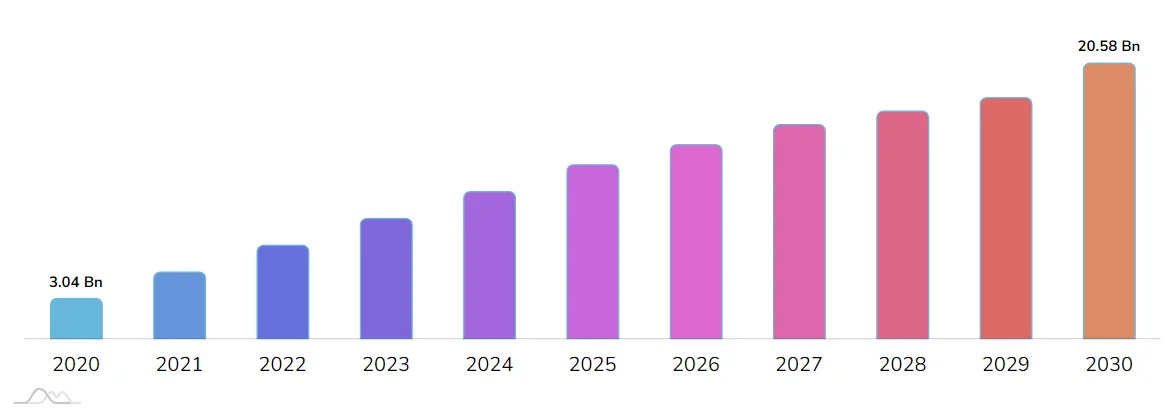
These statistics indicate that video games have become a significant part of our culture, and their potential as a learning tool cannot be ignored.
Can games help students learn?
Absolutely, games can be helpful in learning because they create an experience that encourages critical thinking, teamwork, and the use of new knowledge in a very fun and interactive way.
Video games are educational tools and have been widely acknowledged for helping people develop their skills in solving problems, thinking critically, and even collaborating while playing. This, therefore means that video games are now part and parcel of our culture and hence cannot be overlooked as potential learning tools.
Benefits of Game-Based Learning

Update: This article was last updated on 3oth January 2025 to reflect the accuracy and up-to-date information on the page.
Video games are generally viewed as a waste of time. In the 1990s, this was stronger since video games were a representation of waste and distracted children from doing other constructive activities, such as reading or playing outdoors.
Now learning through video games is becoming such a strong resource because video games have grown extensively from when it first began as entertaining gadget in the early 1970s. Then, video games were not seen as sources for training and knowledge, but more of entertainment only.
The global Kids Educational Games Market was valued at $4.19 billion in 2022 and is projected to reach $20.58 billion by 2030, exhibiting a CAGR of 22.59% from 2023 to 2030.

These statistics indicate that video games have become a significant part of our culture, and their potential as a learning tool cannot be ignored.
Can games help students learn?
Absolutely, games can be helpful in learning because they create an experience that encourages critical thinking, teamwork, and the use of new knowledge in a very fun and interactive way.
Video games are educational tools and have been widely acknowledged for helping people develop their skills in solving problems, thinking critically, and even collaborating while playing. This, therefore means that video games are now part and parcel of our culture and hence cannot be overlooked as potential learning tools.
Benefits of Game-Based Learning
| Type of School | Description and Curriculum |
|---|---|
| 1. Enhanced Engagement | The inherent enjoyment of games makes learning more engaging and immersive, encouraging active participation. |
| 2. Motivation and Goal Achievement | Games involve setting and achieving goals, motivating learners to progress and experience a sense of accomplishment. |
| 3. Active Learning | Learners make decisions, solve problems, and apply knowledge actively, deepening their understanding of the subject matter. |
| 4. Adaptability and Customization | Games can be personalized to adapt to learners' pace and proficiency levels, catering to individual learning styles. |
| 5. Long-Term Memory Retention | The engaging nature of game-based learning enhances memory retention, leading to better recall of information. |
| 6. Real-world Application | Educational games simulate real-world scenarios, allowing learners to apply theoretical knowledge to practical situations. |
Essential reading
- Top 10 Robotics Games For Kids
- Best Gifts for Xbox Gamers in 2025– Accessories & Games Guide
- Ethical dilemmas in game design: balancing fun and responsibility
- Exploring the Key Features of Vertex AI: A Game-Changer for Businesses
- Multimodal AI: The Game-Changer Transforming Industries and Unlocking Future
Moonpreneur
3 Ways Video Games Help Nurture Children
1. Improve cognitive abilities
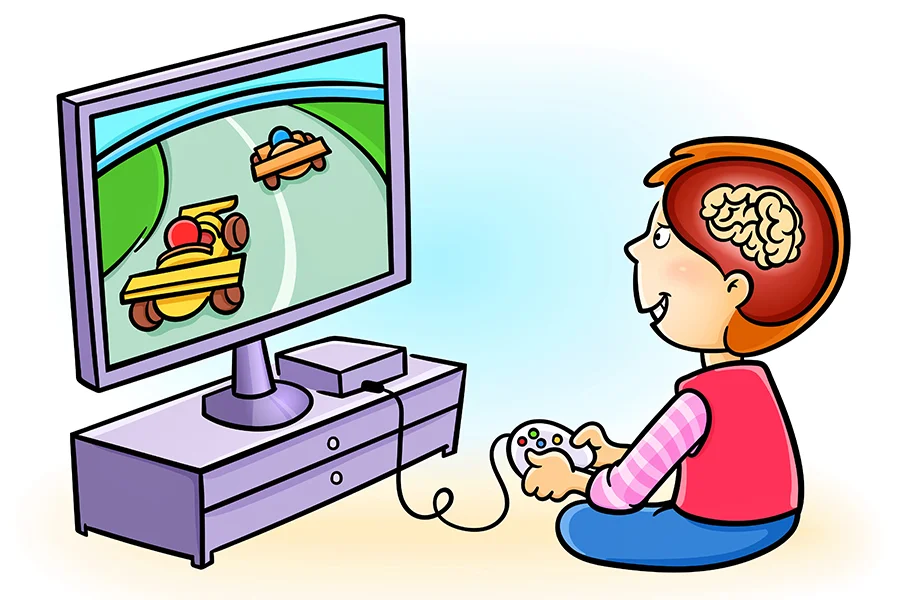
Learning from video games can help improve cognitive abilities such as problem-solving, spatial awareness, and decision-making. This is because most video games require players to navigate complex environments and make split-second decisions.
How can games help students learn?
Following are some games developed for the comprehensive development of a child as examples to show how video games can be an excellent educational tool for teaching creativity, problem-solving, and enhancement of cognitive skills:
📍Call of Duty
Playing this first-person shooter game requires players to think quickly and make decisions on the fly, improving their ability to react to real-life situations.
📍Minecraft
In this game, the players must gather resources and build structures while avoiding obstacles such as monsters and lava. This teaches players to plan ahead, think creatively, and solve problems logically.
📍Portal
The AI-driven Portal game is about taking calculated steps and subsequent risks to move onto the next stage. This helps develop important life skills such as risk assessment and logical reasoning.
📍The Legend of Zelda (The Breathe of the Wild)
This adventure game requires to player to draft a long-term plan for how to conquer the main quests. It’s important to know the right order of completing the quests, the items needed, and how to get them. Thereby developing a systematic approach to setting and achieving goals.
2. Explore Civic and Social Issues
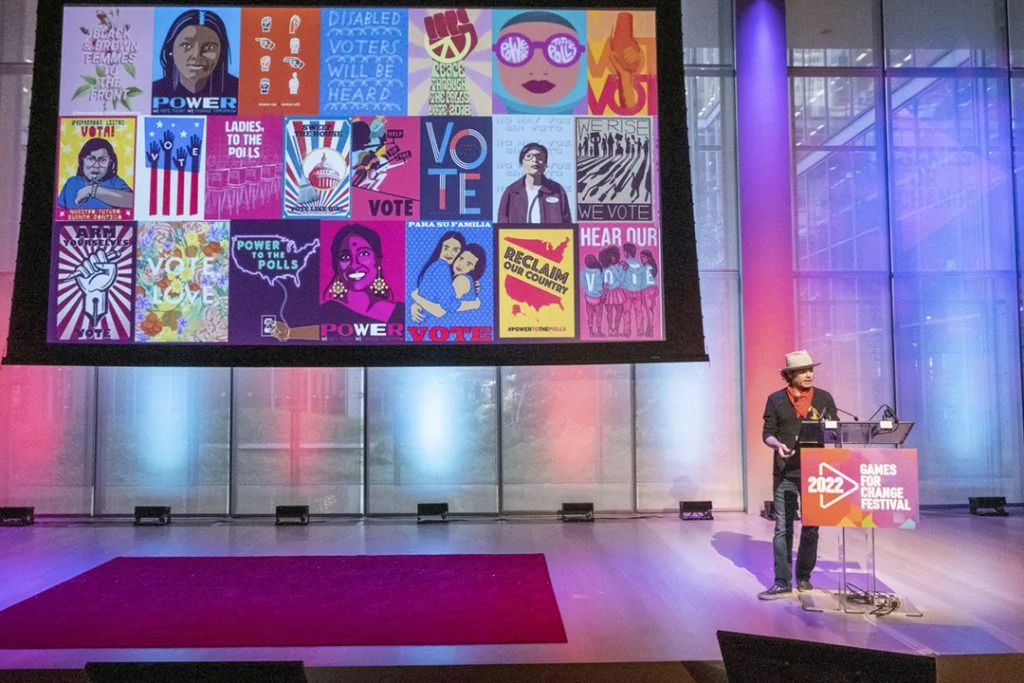
Learning in video games has turned out to be a very good tool for discussing social issues and even some are developed to facilitate civic engagement on the environment, social justice, or political action. Playing those games will develop in kids better knowledge of such issues and ability to engage constructively in words and actions.
Here are a few examples of video games developed to teach kids about civic and social issues, making learning with video games an engaging and effective way to raise awareness and build critical thinking skills.
📌Minecraft: Education Edition
This popular game has been adapted for educational purposes, including teaching about environmental sustainability, urban planning, and social justice issues.
📌World Rescue
This game, developed by the British Red Cross, teaches kids about natural disasters, first aid, and other emergency response skills.
📌Democracy 3
Video games used in education, such as Democracy 3 in this game, players take on the role of a political leader and must make decisions on various social and economic issues, teaching kids about the complexities of governance and policy-making.
📌Darfur is Dying
This game aims to raise awareness about the ongoing conflict in Darfur and encourages players to take action to help those affected by the crisis.
📌Mission US
The learning video games like Mission US will help the children explore key moments in U.S. history through interactive play, immersing them in events such as the American Revolution, slavery, and immigration.
3. Teach empathy
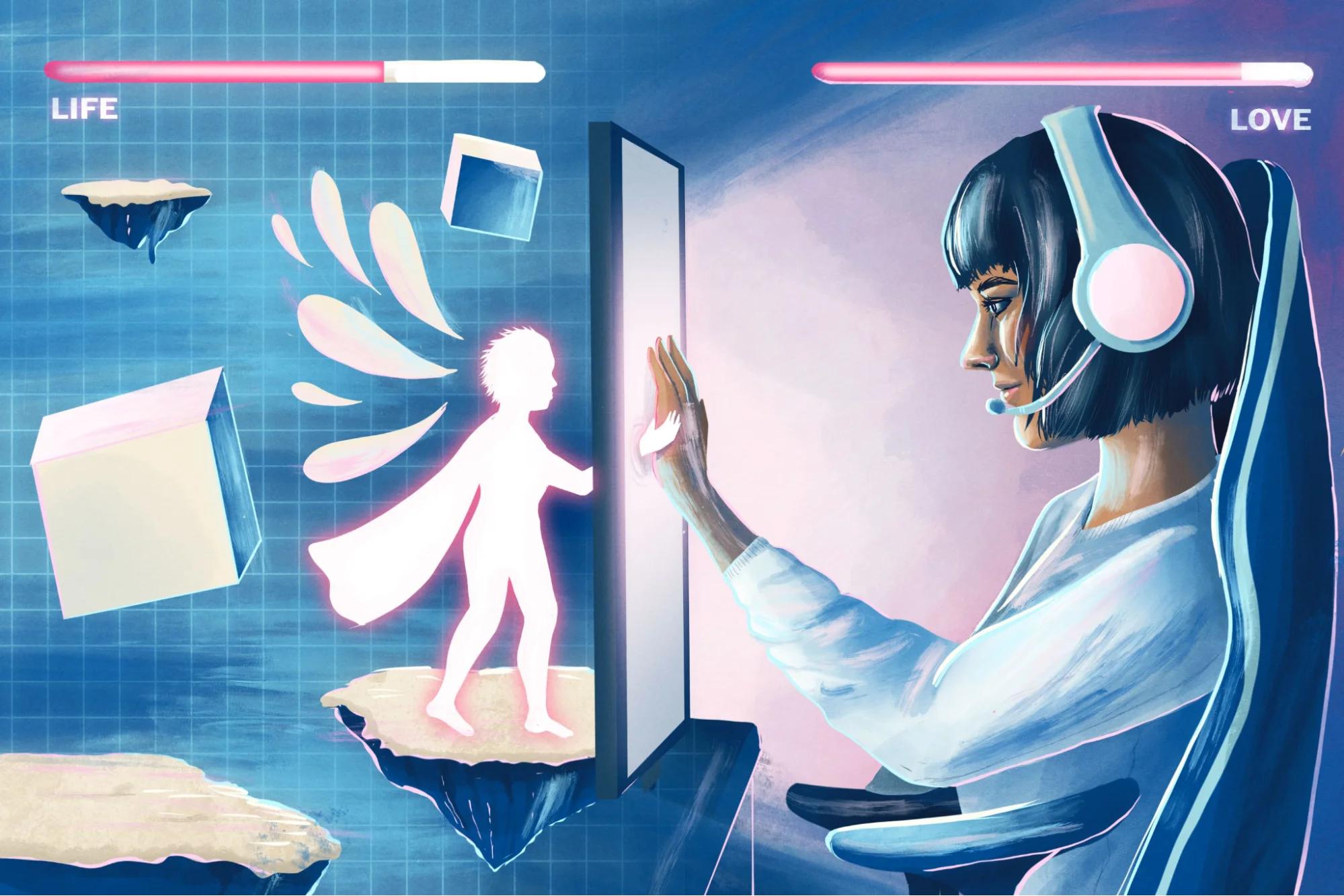 Want to raise an empathic kid? Videos can surely help to the extent that these little players of today can become the world leaders of tomorrow – starting movements of change.
Want to raise an empathic kid? Videos can surely help to the extent that these little players of today can become the world leaders of tomorrow – starting movements of change.
According to Matthew Farber, author of “Gaming SEL: Games as Transformational to Social and Emotional Learning.
“We are now starting to realize the power that games can have at evoking certain competencies such as empathy and compassion.”
Today, most educational video games are designed to create immersive experiences in which one can step into others’ shoes and understand how the world would look if one were them. Hence, through gameplay and storytelling, video games can help players understand deep connections, pain, and loss.
A few examples of empathy video games that received worldwide recognition include the following:
🔖That Dragon, Cancer:
This game explores sensitive topics such as terminal illness and teenage struggles, respectively. These games can help players understand and relate to the emotions and experiences of the characters they interact with.
🔖Papers, Please:
This game puts players in the role of an immigration officer, forcing them to make difficult decisions and consider the consequences of their actions.
🔖Path Out:
This visually stimulating game gives a glimpse into the lives of Syrian refugees. The game is based on the real-life experiences of the game’s creator, Abdullah Karam, who was forced to flee Syria in 2014.
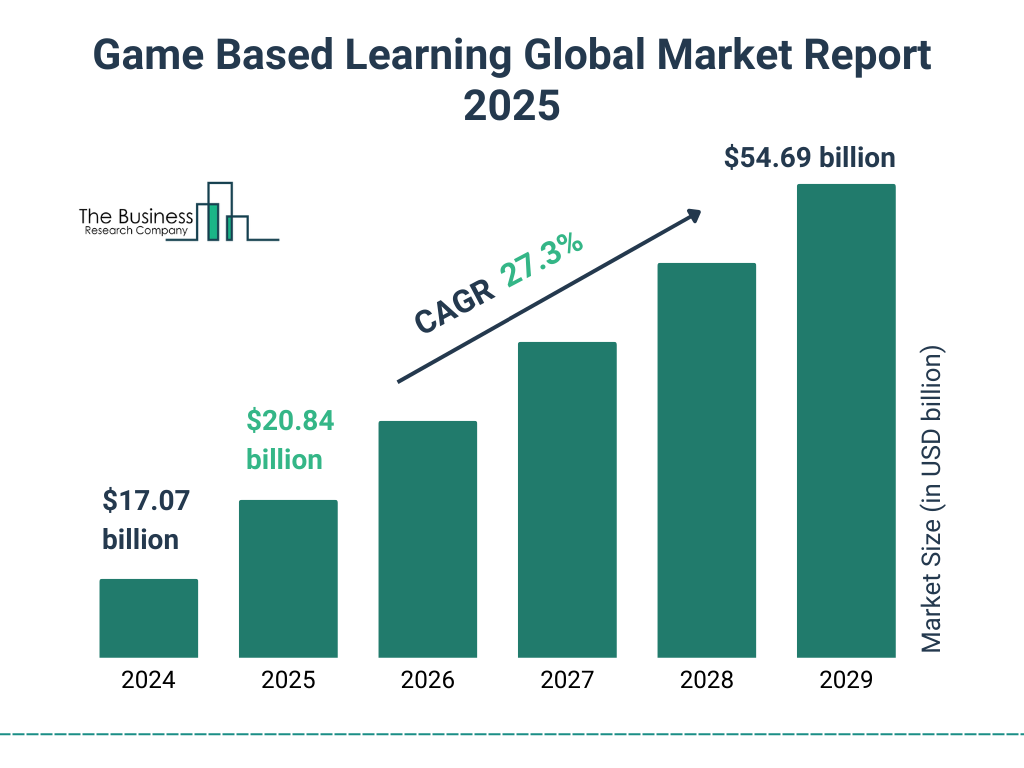 The game-based learning market is projected to reach $54.69 billion by 2029, growing at a CAGR of 27.3%. Key growth drivers include skill development, mobile learning platforms, corporate training, and data analytics, with trends like storytelling and competency-based games.
The game-based learning market is projected to reach $54.69 billion by 2029, growing at a CAGR of 27.3%. Key growth drivers include skill development, mobile learning platforms, corporate training, and data analytics, with trends like storytelling and competency-based games.
Conclusion
According to a study by the Entertainment Software Association, 65% of American households have at least one person who plays video games regularly. Moreover, 93% of parents believe that video games have a positive impact on their child’s life.
Learning from video games can enhance problem-solving skills and boost creativity while providing an engaging and interactive way to absorb new concepts.
The more and more people embrace video games as an acceptable form of entertainment, the more they need to be recognized with their potential as a learning tool and to proceed in finding ways they can improve education and training. Moderation is important; too much gaming has a direct negative effect on mental and physical health.
Moonpreneur is making a mission to disturb classical education and future-proof the next generation by holistic solutions in learning. Its Innovator Program is building tomorrow’s workforce by training students in AI/ML, Robotics, Coding, IoT, and Apps, enabling entrepreneurship through experiential learning.




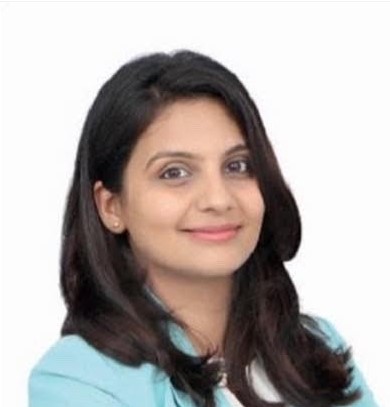



















How can video games be used in the classroom?
In addition, studies have found that virtual games can improve focus and attention for students with ADHD and help students with dyslexia improve spatial and temporal attention, which can translate into improved reading. But games aren’t substitutes for other forms of learning.
does video games do any good than bad to kids
Video games can positively impact children’s cognitive skills and creativity but raise concerns about violence, addiction, sedentary behavior, and social isolation. Parental monitoring and encouraging a balanced approach are essential.